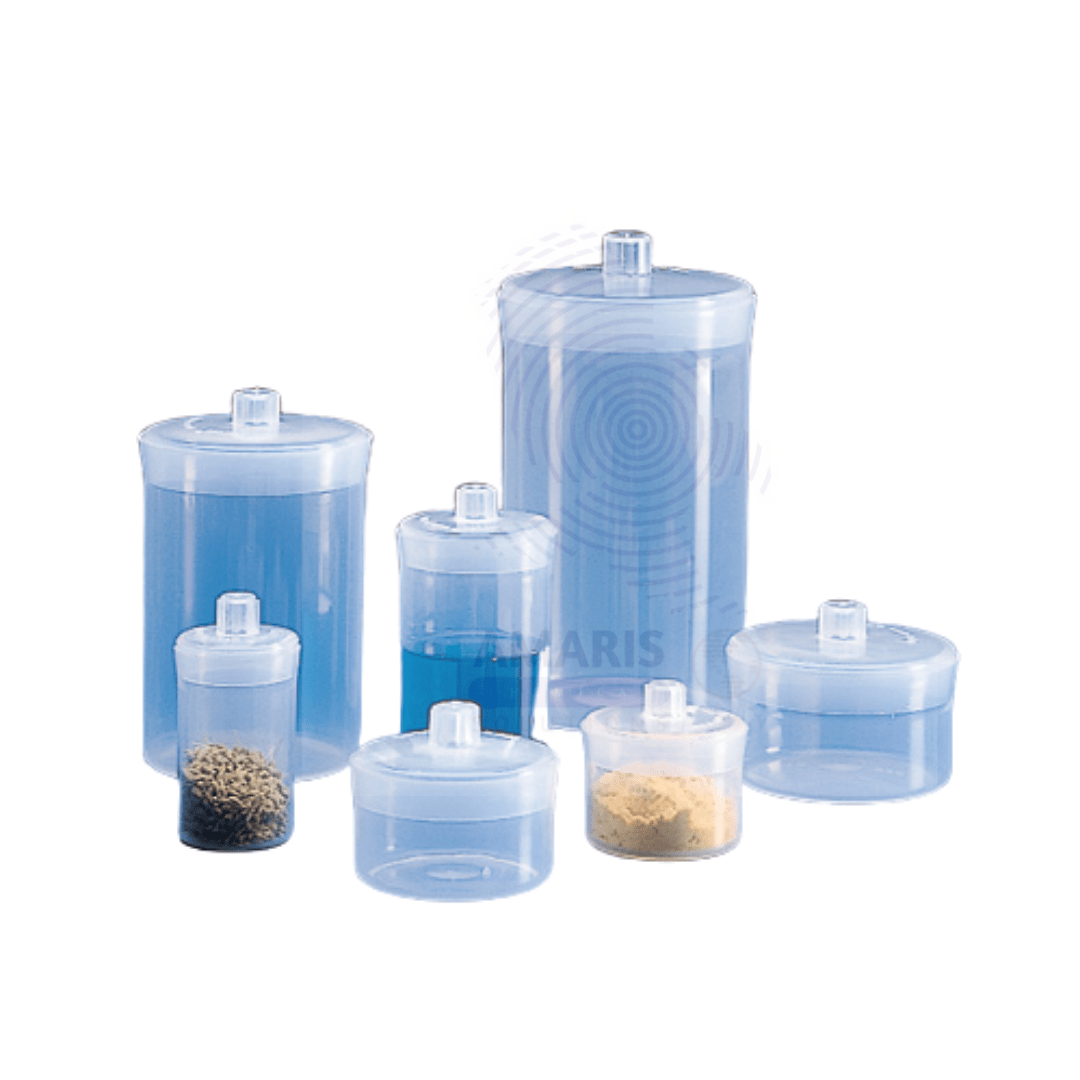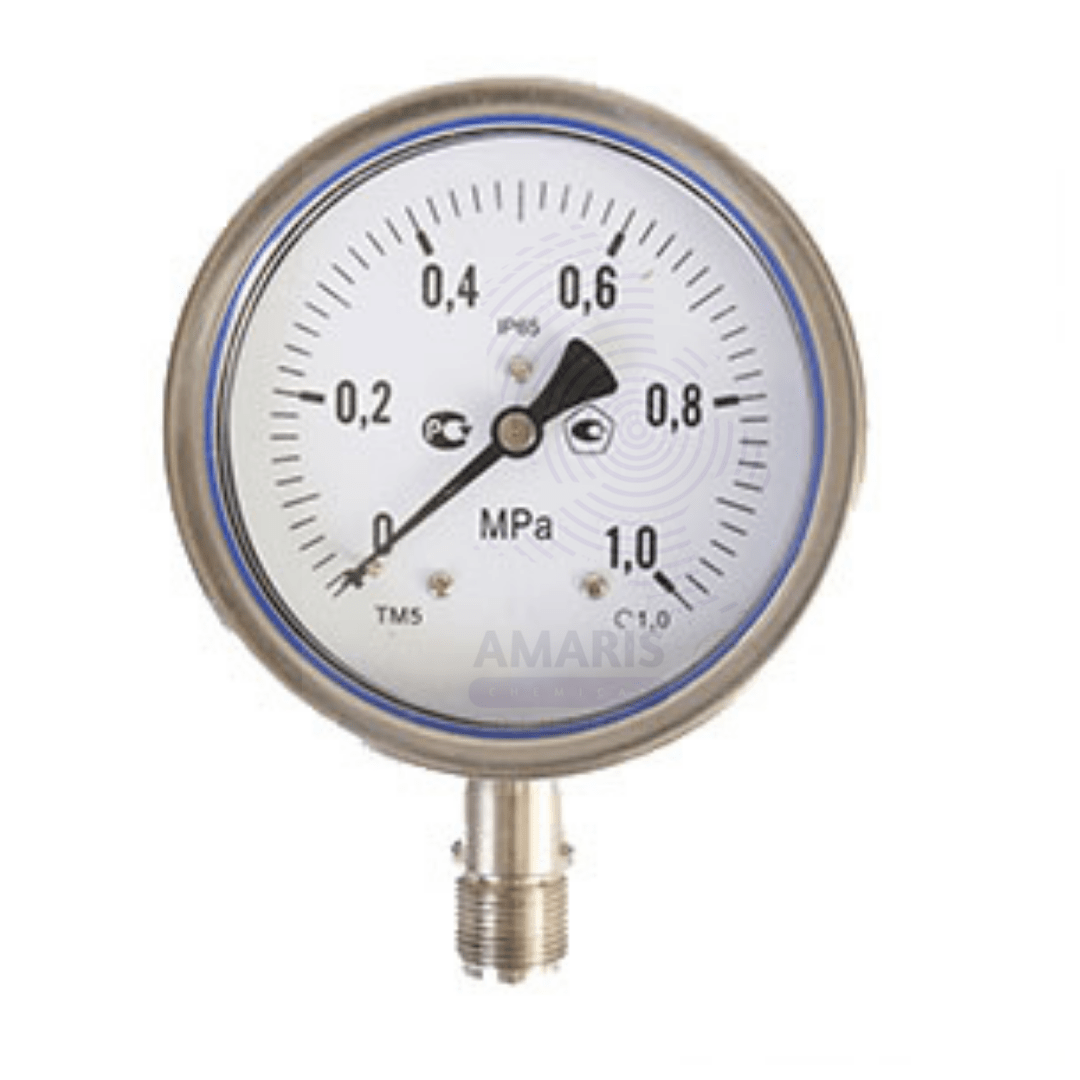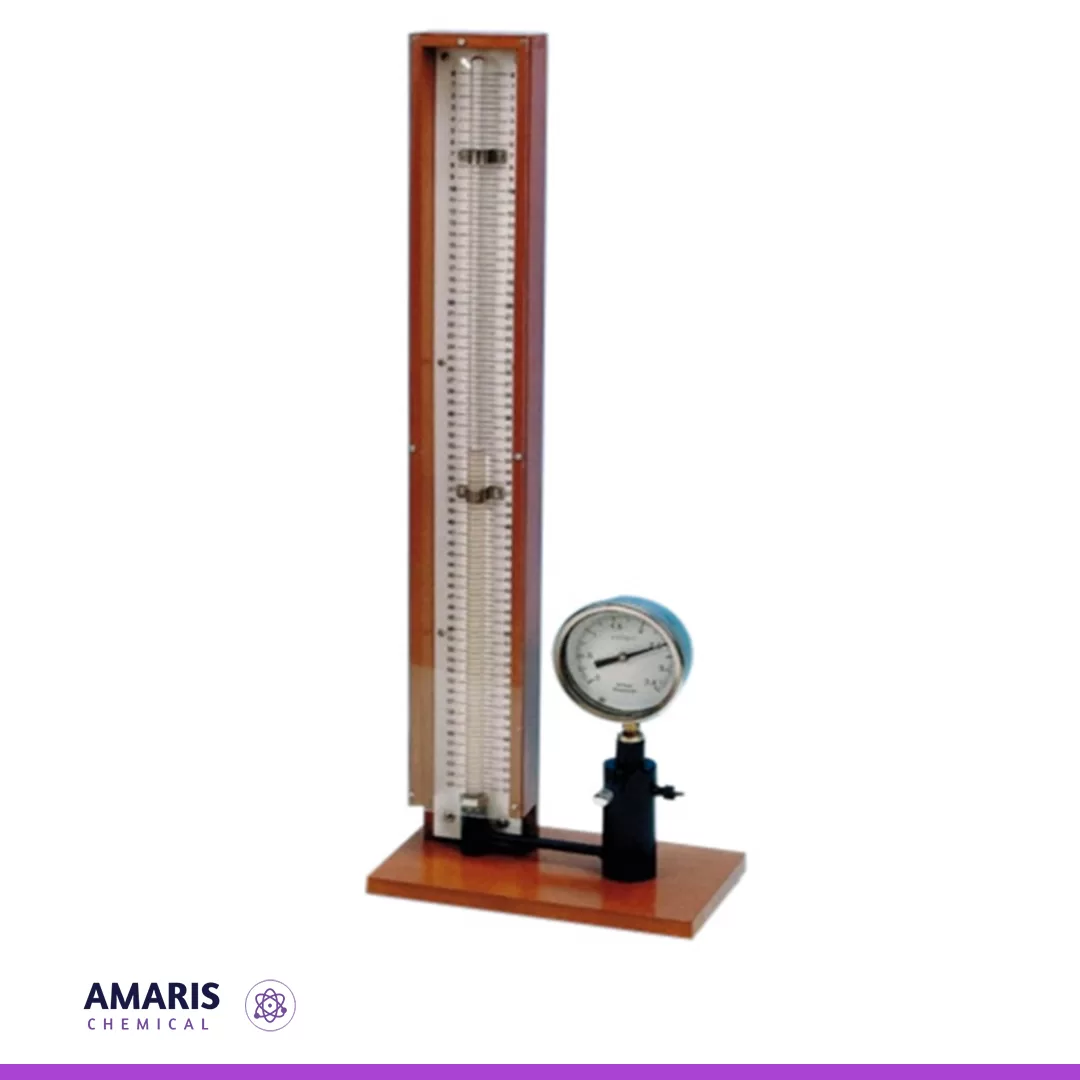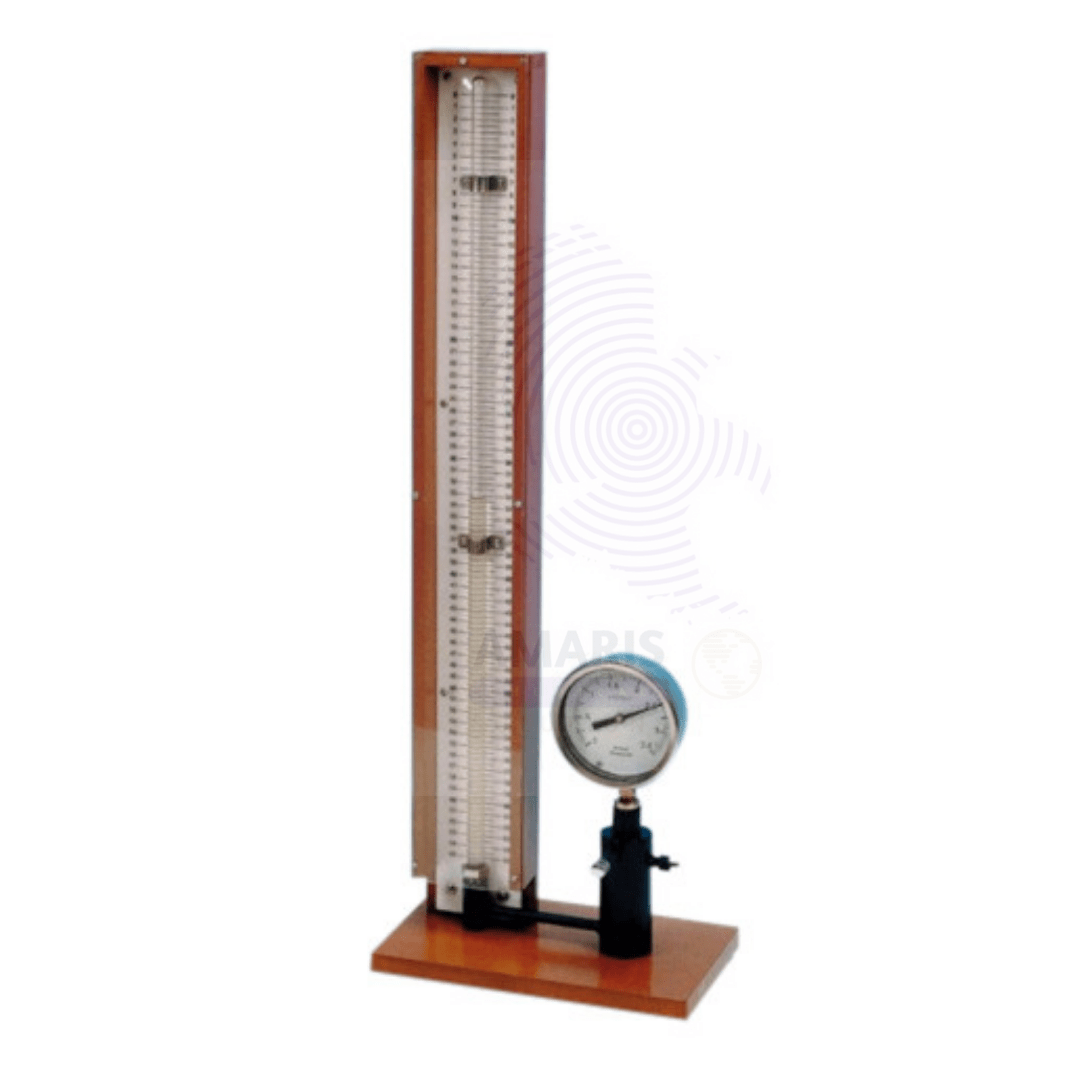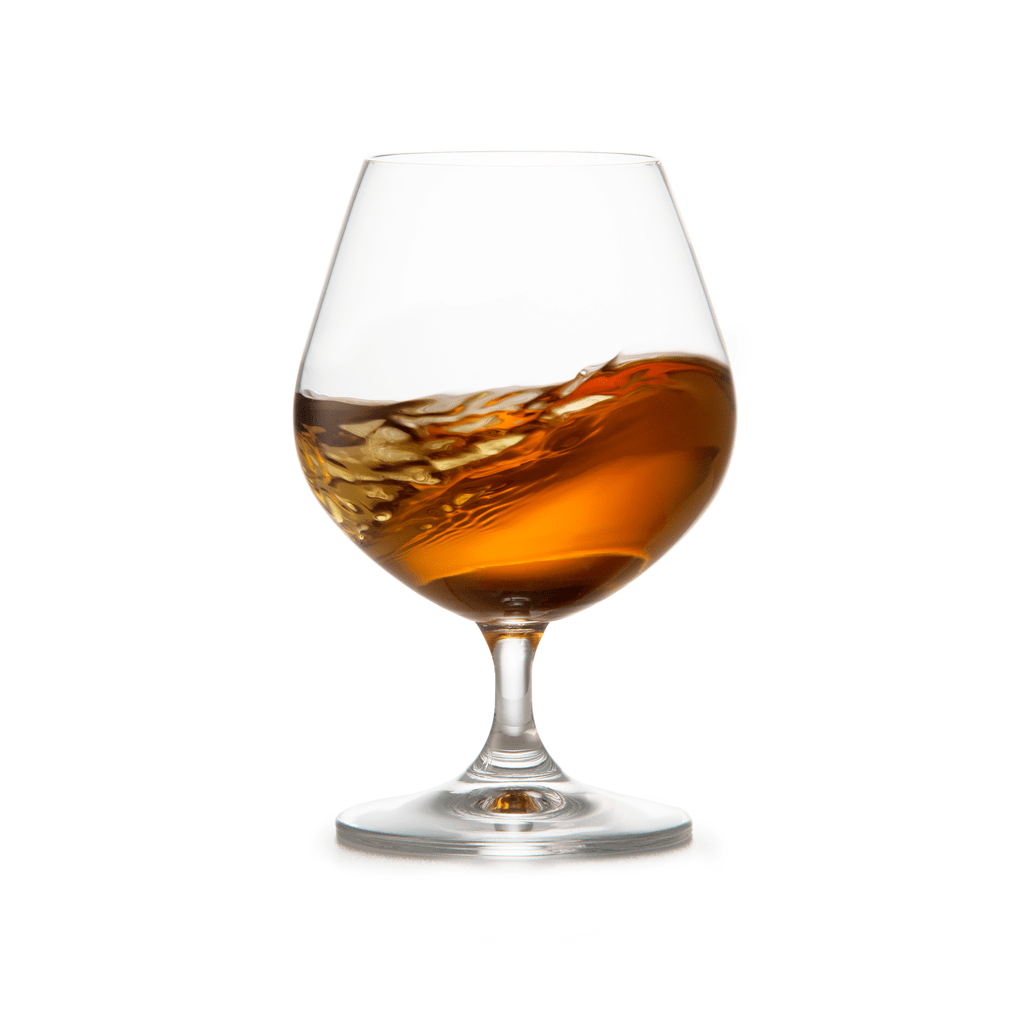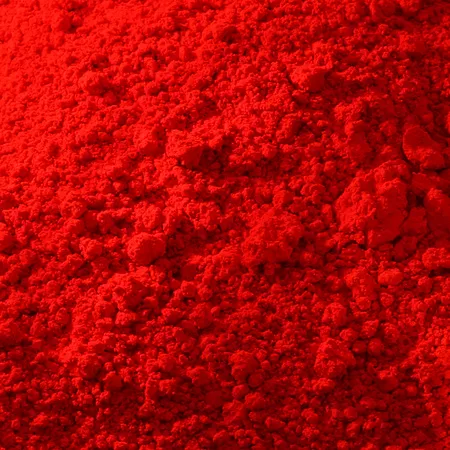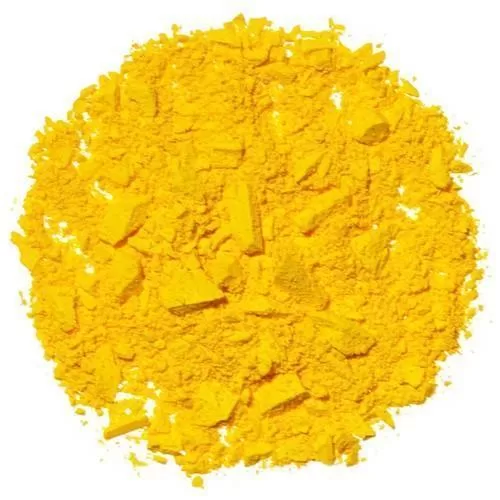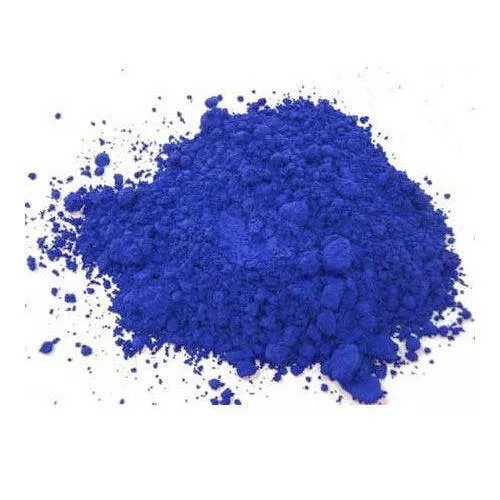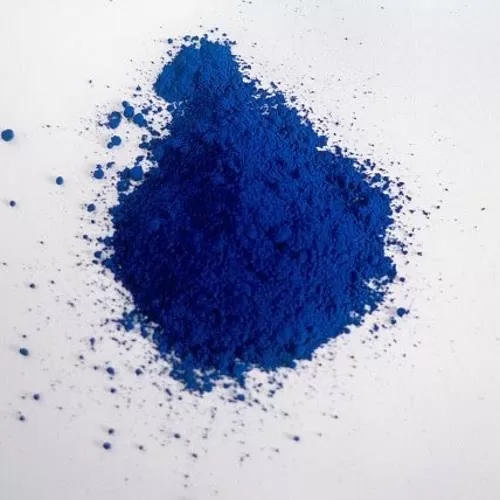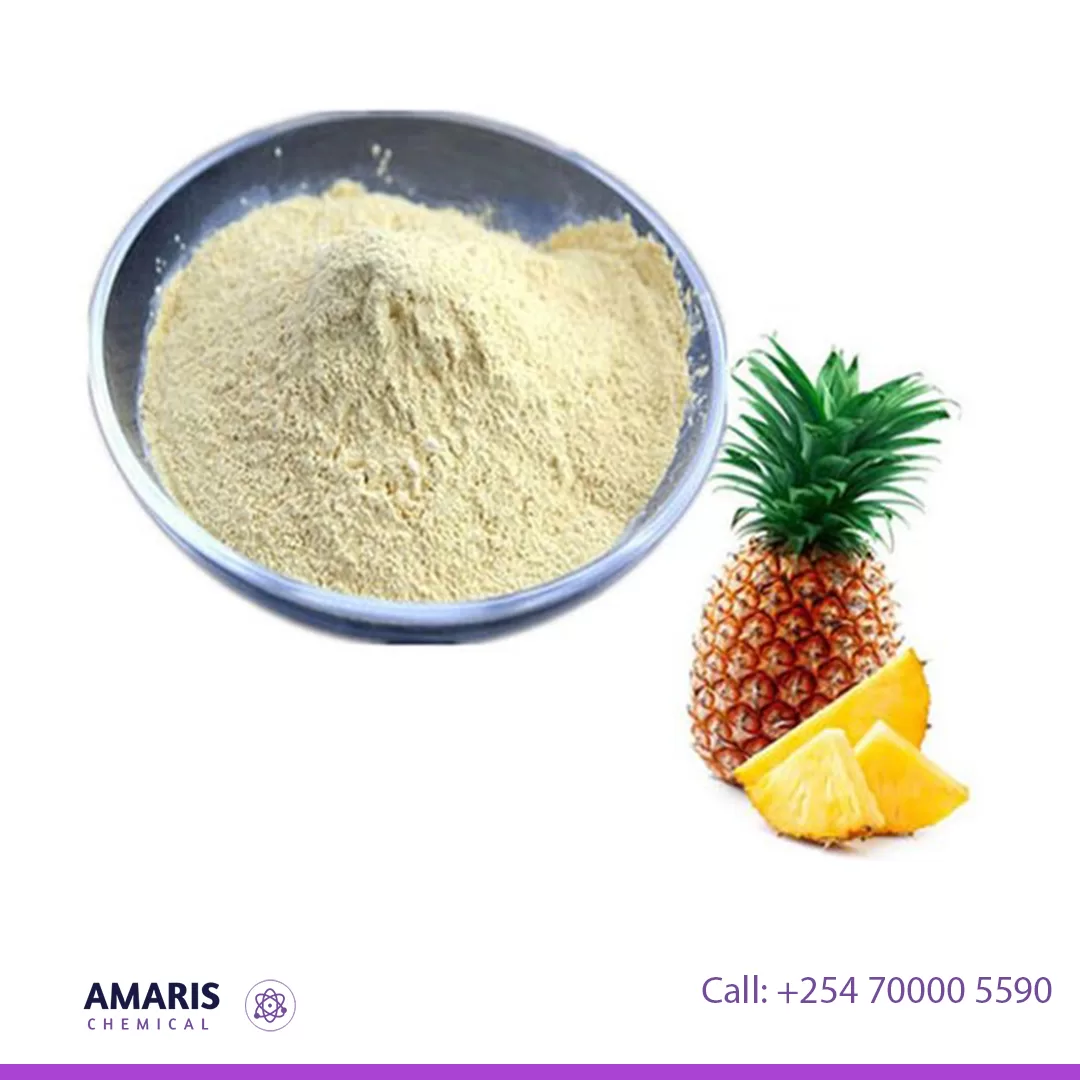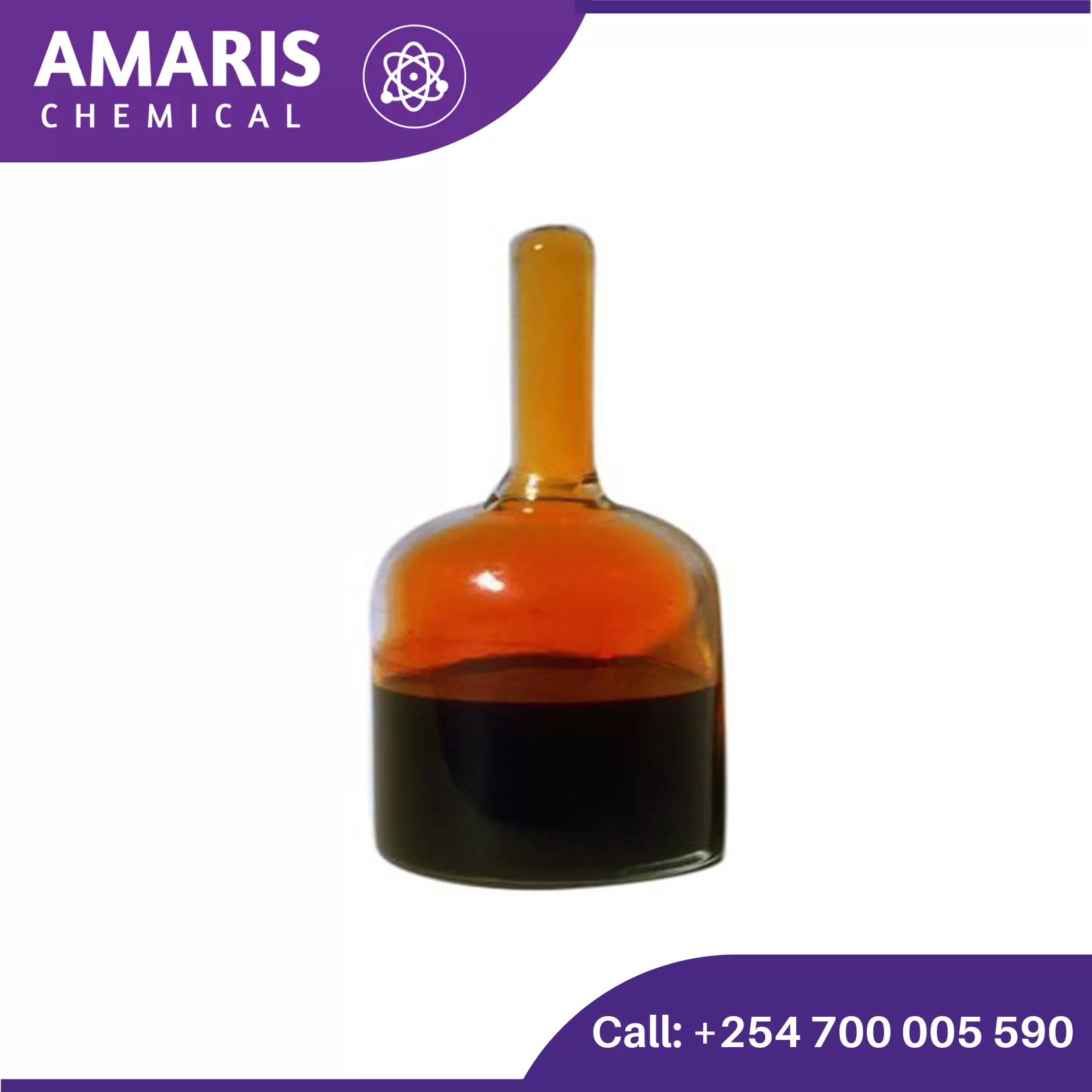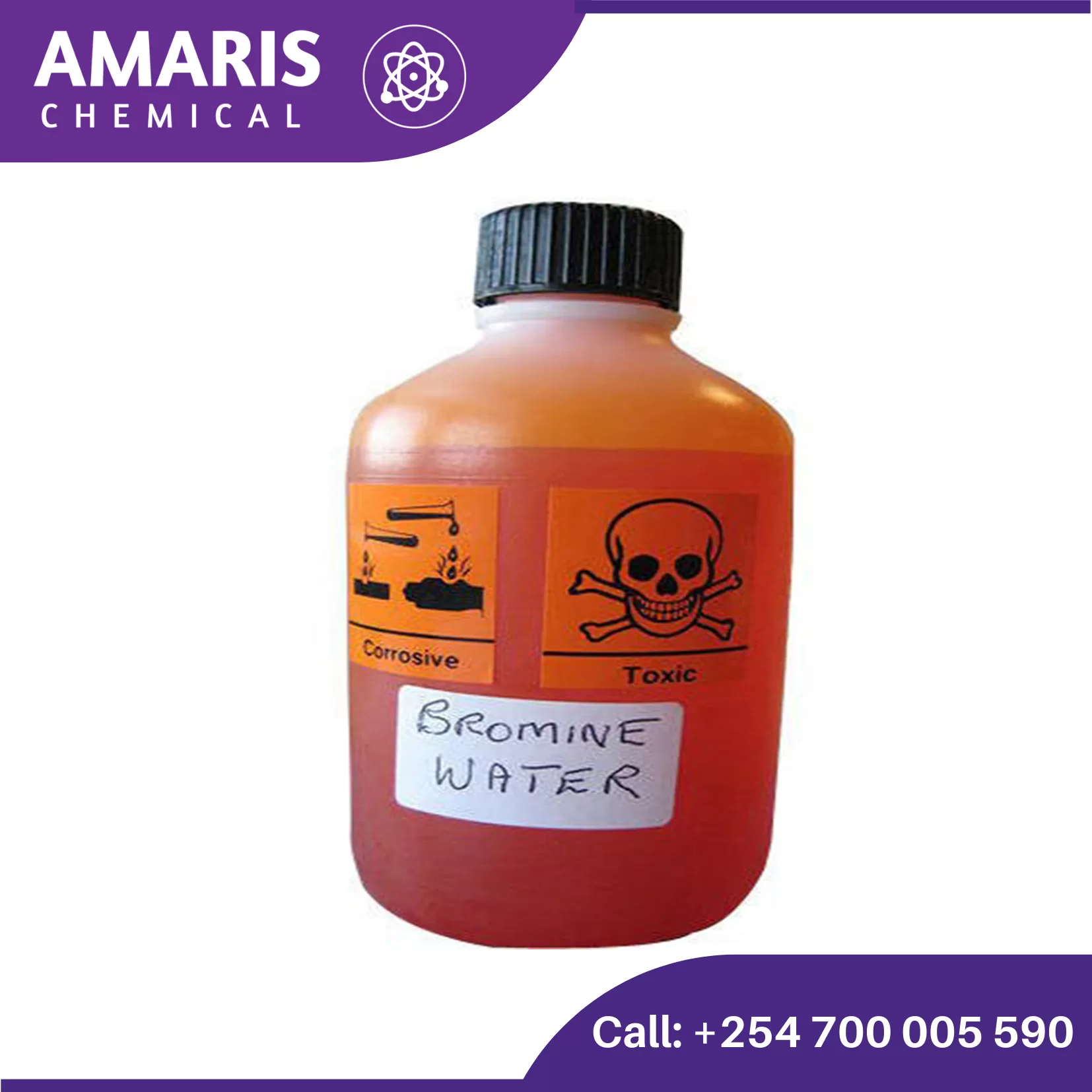Bottle weighing plastic
Bottle weighing plastics, also known as weighing bottles or weigh boats, are lightweight containers specifically designed for laboratory use. They are made from durable, chemical-resistant plastic, ensuring compatibility with a wide range of substances. The smooth surfaces allow for easy cleaning and prevent sample contamination. These containers feature a wide mouth for convenient filling and transferring of solids and powders, promoting accurate and efficient weighing processes. Their lightweight design minimizes any impact on balance readings, making them ideal for precise measurements. Available in various sizes, bottle weighing plastics offer versatility for different laboratory applications, including sample storage, chemical reactions, and moisture-sensitive materials. Their transparent construction enables easy visibility of contents, facilitating quick identification and monitoring.
Bourdan gauge
A Bourdon gauge is a mechanical device used to measure pressure, typically of gases or liquids, with high accuracy and reliability. It consists of a curved, flexible tube (the Bourdon tube) that straightens as pressure increases. This movement is translated into a dial reading via a pointer, allowing users to easily gauge the pressure level.
Boyles Law apparatus
Boyles law apparatus
The Boyle's Law apparatus is a laboratory device designed to illustrate the relationship between the pressure and volume of a gas at constant temperature. It typically features a sealed transparent container or cylinder that holds the gas, allowing for visual observation of any changes in volume. Attached to the container is a pressure measurement device, such as a manometer or pressure gauge, which accurately records the gas's pressure. The apparatus includes a volume adjustment mechanism, often in the form of a movable piston, enabling the user to compress or expand the gas and observe the corresponding pressure changes. Some setups may also incorporate temperature control to maintain constant conditions during experiments. Graduated scales on the apparatus facilitate precise measurements of gas volume. Overall, this apparatus serves as an essential educational tool, providing a hands-on experience for students to explore and understand Boyle's Law, which states that the pressure of a gas is inversely proportional to its volume
Bromelain
Bromelain is a powerful enzyme complex found primarily in the stems and cores of pineapples (Ananas comosus). It is renowned for its proteolytic properties, which means it has the ability to break down proteins into smaller peptides and amino acids. This natural enzyme mixture contains various proteases, such as bromelainases, stem bromelain, and fruit bromelain, which work synergistically to facilitate protein digestion.
Bromelain has gained significant attention for its potential health benefits and is commonly used as a dietary supplement. It has been credited with anti-inflammatory properties and has been studied for its ability to reduce swelling, bruising, and pain associated with various conditions, such as osteoarthritis and sports injuries. Additionally, bromelain has been shown to aid in the digestion of dietary proteins, which can contribute to improved gastrointestinal health.
Furthermore, bromelain has been explored for its potential therapeutic applications beyond digestion and inflammation. It has demonstrated promising effects on immune modulation, cardiovascular health, respiratory conditions, and even cancer treatment. However, further research is needed to fully understand and confirm these potential benefits.
Overall, bromelain can be described as a natural enzyme complex derived from pineapples that exhibits proteolytic activity, making it valuable for protein digestion. Its potential health benefits extend beyond digestion and include anti-inflammatory effects and various therapeutic applications.
Bromine Liquid 250gm
Bromine is a halogen element with the chemical symbol Br and atomic number 35. At room temperature and pressure, bromine exists as a reddish-brown liquid. It's one of only two elements that are liquid at room temperature, the other being mercury.
Bromine is highly reactive and toxic, and it can cause severe chemical burns if it comes into contact with the skin. It's primarily used in the production of flame retardants, pesticides, pharmaceuticals, and various other chemicals. Additionally, bromine compounds are used in some water purification processes.
Bromine Water 1 liter
Bromine water is a solution of bromine (Br₂) in water. It is a reactive and strong oxidizing agent used primarily in chemical analysis and organic chemistry. Here are some key points about bromine water:
Properties
- Appearance: It has a reddish-brown color due to the presence of bromine.
- Odor: It has a strong, unpleasant smell similar to chlorine.
- Solubility: Bromine is only slightly soluble in water but dissolves better in organic solvents.










